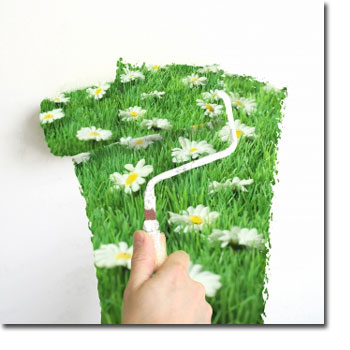Advantages of Using Eco-Friendly Paint for Your Home
Much of the world has realized by now that the time for environmentally conscious initiatives is now more than ever. Businesses in almost every industry have taken steps in one way or another to offer products and services that can help reduce both their carbon footprint and yours. From electric cars to energy-saving light bulbs, there are many more options available to the average homeowner to encourage building an eco-friendly house. If you are looking to update the look of your home by way of a color change, then you may want to expand your search to eco-friendly paints. Any local hardware store will overwhelm you with walls of different shades to pick from, but what you may not immediately notice is which of those companies offer eco-friendly options. Whether you are planning a complete remodel or simple DIY project, a fresh coat of paint can be the perfect touch and manufacturers have been working to provide a wider supply of environmentally friendly paints. Choosing sustainable paint that uses organic pigments, and little to no VOCs is the best way to protect both your health and the environment.
Eliminating the Adverse Health Risks of VOCs
The well known “new paint smell” that most people love to hate comes from the Volatile Organic Compounds or VOCs within traditional paint. The Environmental Protection Agency (EPA), confirms that VOCs may have both short and long term adverse health effects and that using products containing these types of chemicals can expose both you and your family to high pollutant levels. It’s important to note that this risk remains even after the first coat of paint dries as many paints will slowly off-gas for years.
Organic pigments are primarily derived from plants whereas paints using inorganic pigments come from chemical formulations. Toxic ingredients in these chemical-based paints like formaldehyde, benzene, and hydrochloric acid as well as heavy metals. Many of these can be the cause of minor skin and throat irritation as well as more serious ill effects like migraines, asthma, skin cancer, and damage to your nervous system. You want your home to be a safe environment for you and your family to be able to live healthily. The safer alternative is undeniably eco-friendly paints composed of as many natural ingredients as possible.
Environmental Impact
Not only are these nontoxic paints safe for humans, but they are also a lot less harmful to the environment. Companies that offer VOC-free, and low toxic formulas are using raw ingredients such as milk casein, natural pigments and dyes, natural latex, and plant resins. If you are worried about where you can actually use these products, know that you can use eco-friendly paint in place of whatever conventional paint you would use. There are even hard-wearing natural paint options for high traffic or outdoor areas.
There is no need to sacrifice quality coverage or longevity if you opt for eco-friendly, natural paints. In fact, some soybean-based paints can dry faster and harder than are designed to outlast other petroleum-based products.
What Are the Qualifications and Classification?
By EPA standards, paints containing less than 5 grams of VOCs per liter can be labeled as “No VOC” paint. Paints labeled as “low-VOC” must contain less than 50 grams per liter of VOCs in order to meet Green Seal standards. When looking through your local hardware store for eco-friendly paints, remember to check that eco-friendly claims can be validated. If you’re at the store or looking online for eco-friendly paints, pay attention to whether or not it is certified by GREENGUARD Environmental Institute and actually labeled low or no VOC. It’s certified organic and double-checks what exact ingredients are listed.
Depending on your specific home improvement project, finding the perfect color, as well as a formula that provides the best coverage may take a little extra time. However, paint formulations are continuing to change and improve and expand. The choice ahead is much more than just of color and the benefits of using eco-friendly paints, especially on interior design projects definitely outweigh the cons. As more consumers continue to demand more options, the industry will continue to meet them with even higher quality and quantity that is available today.



